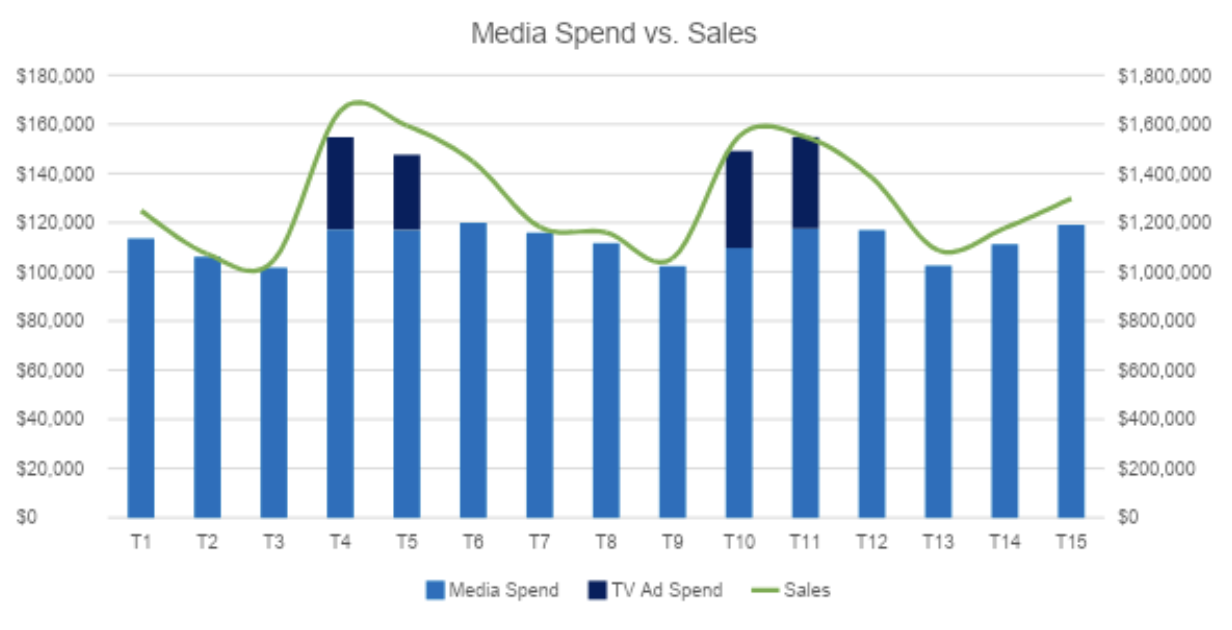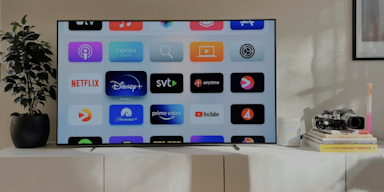CTV - TV Disrupted
A Guest Post from our partners at INCRMNTL.
Shouldn't performance measurement change too?
Traditional Advertising on TV used to be an ordeal. Production, actors, script, location, BETA tapes, advertising agencies and so on. TV advertising had so many ancillary costs, no wonder it was considered a “premium” medium.
TV had a huge exposure. Unlike other traditional mediums such as OOH, or Print, Advertising on TV guaranteed an impact, which was why even though TV required a big investment – it was worth it for brands to do.
The high cost of advertising on TV made sure that brands were only running short campaigns a few times per year. It is extremely rare to see an “always on” TV campaign given the necessary budget. This method of “on / off” advertising made performance measurement pretty easy.
(i.e. If you spend 20% of your entire marketing budget over 1 medium, for a short period of 2 weeks – you either see a lift, or you don’t. In any case – you’d get your answer if the campaign generated results or not 😬)

CTV resembles TV only in the fact that it shares the two letters “T” and “V”. CTV made Advertising on the big screen accessible to everyone, by removing any barrier of entry, using the power of digital advertising, targeting, and creative production.
The value of CTV is its accessibility. If advertising on TV was reserved for top tier brands with billion dollar budgets, CTV allows anyone to extend their reach by using buying platforms and starting a campaign targeting CTV viewers within seconds.
But measurement was a real challenge.
CTV campaigns can now start with almost no minimum budget. Since digital platforms allow CTV campaigns to be priced by impression, and the digital ecosystem offers targeting capabilities, CTV publishers don’t need to sell all of their inventory in bulk.
The smaller the target list, and the more campaigns run simultaneously, the harder it becomes to measure marketing performance.
Using Traditional Measurement for an Innovative medium makes no sense at all.
TV Advertising used to be measured using either brand lift studies, or geo-lift holdouts.
The idea behind of these methodologies was to black out TV ads for certain audiences, or regions, and compare the performance of the region where ads were shown vs. the one where ads were not.
In theory, this sounded like a great way to measure performance – but the theory failed as it became reality. The reality is far more complex, with multiple advertising channels operating at the same time, and regional segmentation often being based on IP/location detection which is far from accurate.
Another method used to try and measure CTV was by observing the change in “organic” or “unattributed” results. This method assumes that Organics are conversions that were simply unattributed, and if by running a TV campaign, the organic results increase, one could attribute those to a CTV campaign.
This would be complete farce, as CTV – like any other medium – has a spillover effect. A successful CTV campaign will cause a surge in search traffic, and as a result, a surge in brand keyword and non brand keyword campaign results. The cause for these additional results is not the search campaign ‘doing better’ – but the CTV campaign making a strong cross channel impact.
The other method Advertisers tried applying to CTV was IP matching: compare the IP of the device where the ad was shown, to the IP of the device where a conversion happened.
Again – in theory, this sounded like a great method, however, IPs are shared amongst devices on the same network, but more importantly – this method of measurement, known as “last touch attribution” assigns 100% of the credit for a conversion to the last ad engagement before the conversion happens, thus eliminating and not giving any credit to any other channel, campaign, or medium, that may have impacted the user to become a customer.
So what is a good way to measure CTV ?
First, consider CTV a long term strategic, investable medium. Your audience is there. Even if you’re not able to measure the exact performance – you should view CTV as a strategically important medium.
Linear TV, network cable, still offers significant impact and performance, but investing in linear TV in today’s day and age is like investing most of your budget into magazine ads. You probably shouldn't do that.
The correct way to measure CTV marketing is by adopting an incrementality measurement approach that creates a causality connection between actions and impact. For example: Budget increased > exposure increased > impact increased; or campaign paused > exposure decreased > impact decreased. Observing changes, and using causal AI to measure the impact of changes, allows advertisers to measure the incremental impact gained (or lost) of your actions, including your CTV campaign actions.
Learn more about CTV measurement with INCRMNTL and Vibe’s Resource Center.


